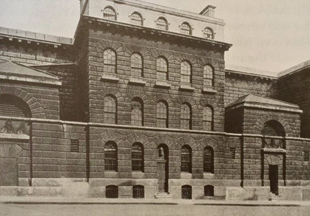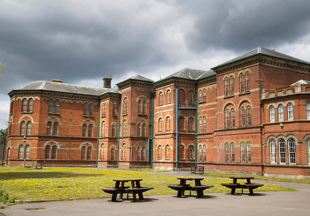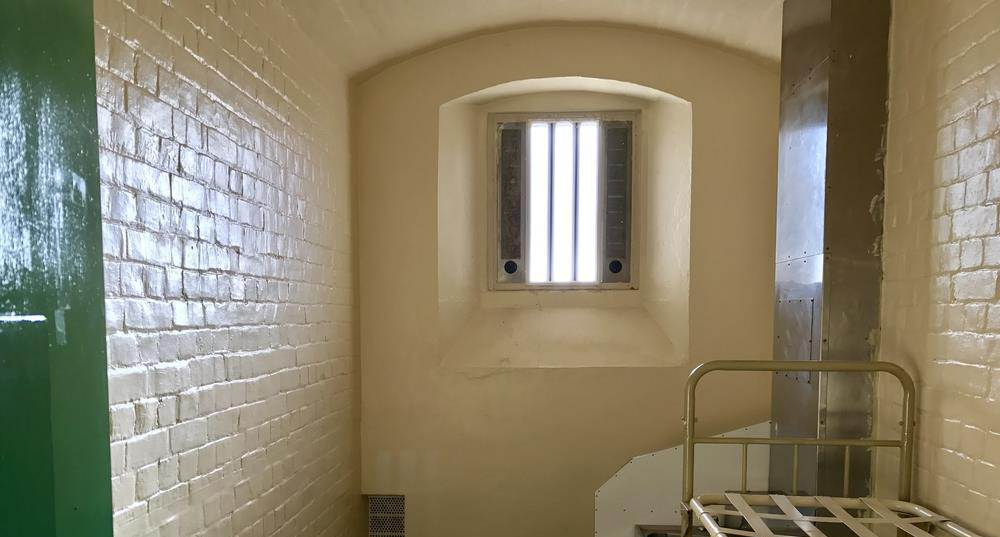Walter Sickert
Jack The Ripper - most know his name but even to this day, no one really knows the man's true identity. There have been hundreds of theories written on who the famed murderer was, but none have been proven to be true. One of these theories centers around German painter and printmaker, Walter Sickert. Although born in Munich, Sickert lived in London and was a member of the Camden Town Group and had a significant influence over British art during the 20th century. With his strong interest in the Jack The Ripper crimes, people began to look at him as a viable suspect.Walter Sickert's interest in the infamous serial killer deepened when he discovered that his rented room was believed to have been previously used by The Ripper. This bit of information inspired him to paint a picture of the room showing its dark and gloomy aura which is now hung on the walls of the Manchester City Art Gallery. Most people didn't think twice about Sickert's involvement in the murders but after 70 years with no suspicions, a few began to suspect his guilt.
Starting in 1976, three books have been written which accuse Sickert of being either Jack The Ripper himself or his accomplice. In the book, Jack the Ripper: The Final Solution, author Stephen Knight writes that Sickert was forced to become an accomplice to the murders through issues that were intertwined with royalty and freemasonry. He was given his information from a man believed to be Sickert's illegitimate son. Jean Overton Fuller wrote an entire book titled, Sickert and the Ripper Crimes, in which she accused Sickert of being the actual killer. More recently, Patricia Cornwell wrote the novel, Portrait of a Killer-Case Closed, which labels Sickert as the murderer. Cornwell bought over 30 of Sickert's paintings hoping to find a DNA sample. Eventually, she was able to scientifically prove that DNA from a letter attributed to Jack The Ripper as well as DNA from a letter written by Sickert were shared by only one percent of the entire population.
The little evidence that Cornwell claimed to have is still not enough to prove that Sickert had anything to do with the murders. It turns out that the illegitimate son of Sickert was lying about his identity to Stephen Knight and didn't really know Sickert at all. In a 2004 article within the Oxford Dictionary of National Biography, all claims that Sickert was involved in the Jack The Ripper murders was said to be fantasy. In reality, all accusers have are the dark and gloomy paintings of London's seedier side done by Sickert. Any evidence gathered by the persistent Cornwell has been deemed circumstantial and she continues to look for new ways to prove his guilt.
Opinions of the innocence of Walter Sickert depends entirely on the individual's interpretation of the scenario and the few articles of circumstantial evidence put forward by Cornwell. With the presence of modern science, there is more of a chance now than ever to possibly uncover the truth.







Comments
Tom Brock
02 Jul 2020 02:21l believe that Patricia Cornwell is on the right track